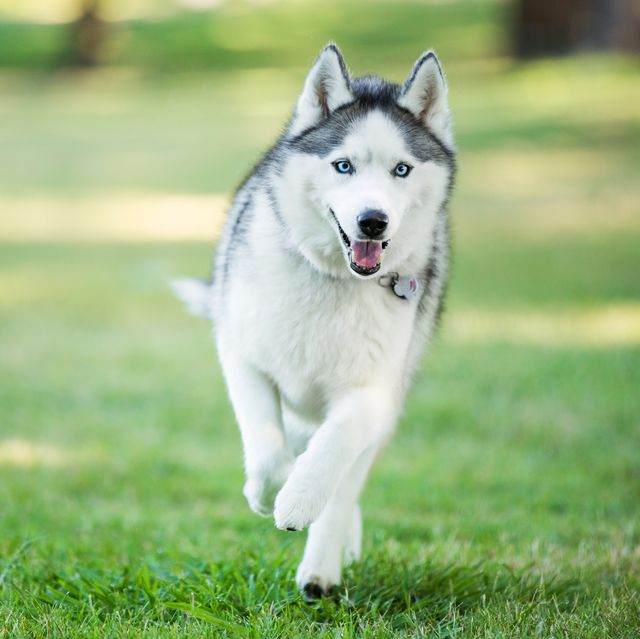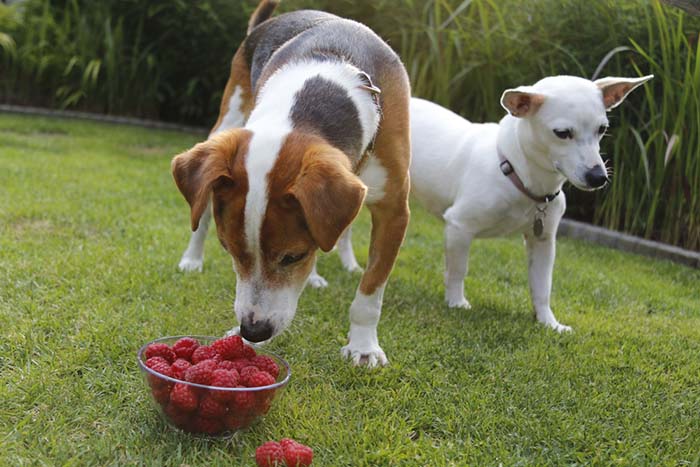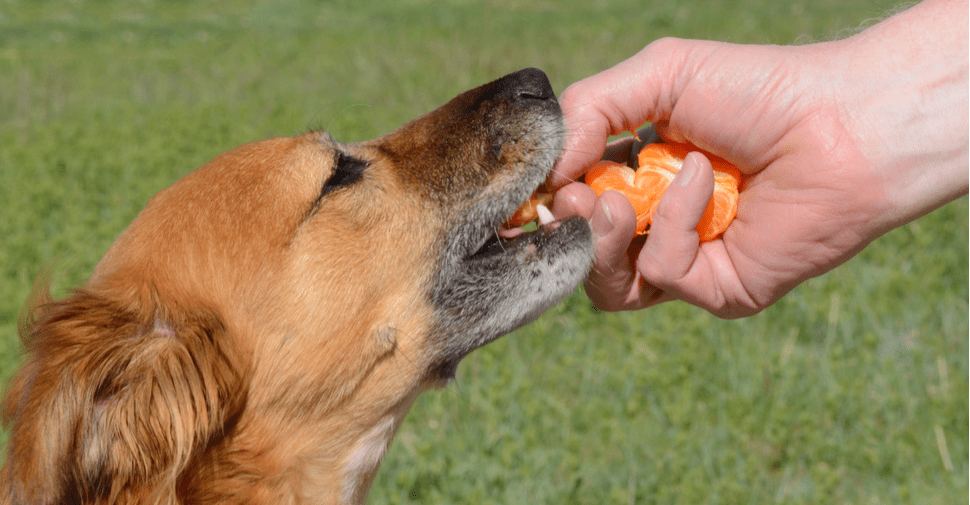Wolves are the common ancestors of all the breed of domestic dogs. Dogs have evolved differently from wolves and have become surprisingly variable in shape, size and overall personality. Scientists are still studying the comparison between wolves and dog‘s diet. They hope to learn more about what type of diet could benefit dogs the most. First of all, given below are some knowledgeable points about wolves which are necessary to know to compare to that of the dog.
Some Details about Wolves
Wolves are commonly known as grey wolves. These large canines are native to Eurasia, North America and Asia. Wolves are wild animals. They tend to live in the remote wilderness though their different breed like Red wolves tends to live in swamp coastal prairies and forests.
Grey wolves are the largest species of the wild dog family. Male wolves have the straight tail and narrow chest and females are smaller than the males. They have long legs with large feet.
Colour of fur is grey with black marking and lighter underparts. Though wolves may be of black, brown, red and even pure white colour. Grey wolves have a coarse outer coat with thick fur. This coat covers smooth and soft inner coat.
Keen sense of smell and an acute sense of hearing makes this animal a good predator. By this quality, it can easily track down its prey. Moreover, long legs help them to take long steps, and support high speed during the chase.
Wolfs are Social animals
Grey wolves are social animals who live in packs of up to two dozen individuals: packs are basically a family group of 6-10 members. This group consist of the alfa male and alpha female and related offspring of various ages. These alphas are the leaders of the packs to decide the group limits, place of the den, search out and hunt the prey.
Their ability to strengthen the social bond what makes the pack unite. To maintain the law and order in the pack they prevail strict measures. These wolves prefer moving at night, being able to travel up to 200 km per day. They are a carnivore, nocturnal and sometimes scavengers.
They express their thoughts, decisions and feelings through body language, scent making, barking, growing and howling. Spine-tingling howling makes them legendary. Their mating behaviour is monogamous. Only alpha male and female can breed in the pack. Both mate for life long till they are alive.
Their population trend is stable and least concern. Grey wolves are considered as livestock predators due to frequently killed both individually and in whole packs.
They are widely hunted and trapped due to negligence of areas of their range. No legal action has been taken place for the security of their species. Grey wolves are equitably distributed throughout their ranges.
All animals are part of this ecosystem. Every animal is responsible for the continuation of this cycle. So, grey wolves feed on a large group of mammals. As a result, they control their population and give benefit to other animals, plants species of their rang.
Feeding Capacity of Wolves
They are very social and cooperative in hunting. So, they prefer the big size animals-large hoofed animals like moose, mountain goats, deer, bison and elk. Wolves will also eat fruit and veggies to keep them healthy. Wolves eat enormous once they get their food. Their single sitting of food can consume about 20 pounds or 9 kg of meat which are equal to 80 hamburgers.
When they get plenty of food, it becomes their feast time. But many times, when food is in scarce for a long time. The condition becomes famine for them. they adopt this lifestyle easily because having enough storage of protein and fats in their body. This will help them to live in the time of famine.
So, wolves can live without food for a long period of time. They are able to recover their weight which they lost at the time of not getting suitable prey. Because of this, happening of their lavish dinner and the lousy meal is dependent on whether or not they can find suitable prey.
Though large mammals seem to be their first preference in diet, researchers have noticed that wolves sometime will consume domesticated farm animals and even garbage. They compensate for their hunger due to scarcity of natural prey which is a result of the high human population.
At the same time, wolves are a good example of the survival of fittest. As they rely on a wide variety of food according to the situation.
Genetic Similarities of Wolf and Dog
Wolves and dog belong to the same species, Canis lupus. They are a domesticated form of the grey wolf, Canis lupus lupus. Mt DNA sequence is very similar to the dog’s DNA. So, the grey wolf is an extremely close relative of dogs. In other words, dogs are very similar to wolves. It is very important to note that matching in DNA sequences between two different organisms does not make sure to have similarity even in remote areas.
Here is a very good example of human and chimpanzee. Both have almost 95% identical DNA sequences. But both are different in many ways of eating.
Secretion Makes Differences
Researchers have found a crucial difference across dog breeds and wolves in the number of amylase genes. This is believed to be affected by three key genes; AMY2B, MGAM and SGLT1.
2 copies of genes AMY2B are responsible for the production of amylase in wolves while 4-30 copies of this AMY2B genes are found in domesticated dogs. The biggest difference between dogs and wolves is the ability to digest starch.
Except for the amylase, there is another enzyme maltase which is also found in dogs but absent in wolves. Omnivore and herbivore have a similar type of secretion by which dogs comes close to them.
Dogs possess amylase in the pancreas and small intestine rather than in saliva which is found in wolves. Therefore, the requirement of the dog’s diet is quite different than that of the wolf.
Physical Build up
It is true that dogs are carnivore while do eat vegetable matter. Their anatomy is designed to catch, kill and eat the prey. They have powerful muscles relative to their size fused wrist bones and cardiovascular system which helps in both sprinting and endurance. But wolves are far strong and muscular.
Teeth Structure
Both dogs and wolves have similar number of teeth (42). Structure of their mouth gives really much, much closer to being a carnivore to than omnivore. Dogs are very sweet and innocent in looks and are very dear to you. They are your furry friend. On the flip side, the inside of her or his mouth tells a different story.
Four types of teeth are found in dogs and wolves which are specialized in different functions like catching and killing prey, scraping meat off bones, rearing off meat and grabbing holding and crushing the bones. These teeth are not capable of grinding food. still, wolves will have longer, thicker and more developed teeth. The bite force of a wolf is almost 400 pound of pressure per square inch while a dog has 320. In reality, the dog’s jaw can only move up and down and cannot move from side to side.
Eating Habits: Wolves
Studies reveal that three macronutrients are present in wolf’s diet: protein, carb and fat. They are the sources of energy and complete the metabolic energy requirements.
Scientists talk about that a wolf diet is high in protein and fat and low in carbs. Generally, we get the ratio of protein, fat and carbohydrate as 54: 45: 1 in wolf’s diet.
Wolves Become Pet!
The simple answer is no. Both dog and wolf can be partially trained but wolf can never be domesticated.
Dogs Eat: Commercial Pet Food
As dogs are very close to wolves. But a dog’s diet is quite different from that of wolves, not only about food what they eat but also in protein, fat and starch ratio.
Dogs are not particular for their diet. They cannot control what they eat. It is opposite to that of the wolf. Due to this habit of dogs dog owners have to keep an eye on their food’s quality and quantity.
You have lots of choices to feed your dog. Your dog has also learnt to be more open to the different variety of food. So, there are so many diet plans for dog owners to keep the dog healthy. Majority of people feed their pets commercial dog food; dry kibble is the most popular food among them. Dog food is available in the market in different kinds of stuffs like dry food, wet food, biscuits and treat. Wet food work like an enhancer to make the meal more appetizing or a treat.
Commercial dog foods are loaded with grains, meat, veggies and some fruits.
Ingredients vary from brand to brand. Some brands offer corn-stricken kibbles. This food becomes more starchy than others. Some foods are sold out on the basis of meat by-products like spleen, lungs, bone, and blood etc.
The mixture of food ingredients in dog food is not easy to understand. So, there should be some rules and limits to control the unwanted harmful addition to dog food. Association of America feeds control officials (AAFCO) has provided description of rules and limitations on their website.
Nutrients: Your Dog Eat
Your dog is getting a wide range of food in daily routine. It is very difficult to check how much intake of protein, carbs or fats(macronutrients) dog has eaten in a single day.
Branded and reliable food packages give some information about fat, protein and fibre which they provide in their food. Rest of macronutrients like carbohydrate are not mentioned on the labels. So, you can get an only rough idea of these elements in the dog food. Therefore, you don’t know the right amount of these elements in your dog’s diet.
High-quality macronutrients are healthy and are allowed to be used by the body rather than turned into waste. Fibre-rich diet is not suitable for dogs. They are not well suited to digest it. Still, it is used in commercial dog foods.
Companies claim for selling their product that fibre satiates dog’s hunger without the addition of any calorie. Sadly, all of the above knowledge is not true. It will not keep them feeling full for longer.
As these fibres don’t give the energy to the body. Still help to maintain and control obesity due to having antioxidants and anti-inflammatory qualities. Also, keep away some chronic diseases such as cardiovascular disease and type 2 diabetes.
Starchless Food
There are many saying about grain-free food. Many dog foods are available with a new and special formulation of low fat and without grain. These foods are marketed by propagating that these are better food choices for their pooches. While in reality, grains and fats are never harmful to dogs. Dogs are capable of efficiently digesting starches (a type of carb) from the grass (all type of grains). These starches are an abundant source of energy.
Fat contains omega 3 and omega 6 fatty acids that provide a surplus health benefit to dogs. Furthermore, research shows that fat-based diets are the dog’s first preference. Most dogs act like a bottomless pit and do not seems to know when to stop eating. Fat is very useful for body but moderation is important.
Strict Prey Model
In recent years, some dog owners are following the trend of strict prey model. It is simply feeding of raw food. This strict prey model means that you are allowing to your dog only meat, organs and bones. Now the dog is completely without supplements, fruits, veggies and dairies. It means, they are limiting the potential of their dog’s diet. This is simply trying to throw your dog into many deficiencies of vitamins and essential elements.
Dogs and Wolves: Diet Comparison
There are very few ingredients that make up the majority of a wolf’s natural diet. These ingredients include bison, elk, deer and moose. As we look outside of the natural diet, they will eat anything which is made of meat.
Dog food is very different from that of wolf consumption as it has fruits and vegetables also.
Conclusion
Overall, we have a brief knowledge of the wolf’s dietary preferences and their evolutionary relationship with dogs. It is clear that there are a plethora of differences between domestic dogs and their wild friends out in nature. So, wolves are majestic and fascinating creatures, remain untouched from us. Dogs as our canine buddies are social and view us as a family and somehow learn and understand our expressions.
Thank you
Table of Contents



